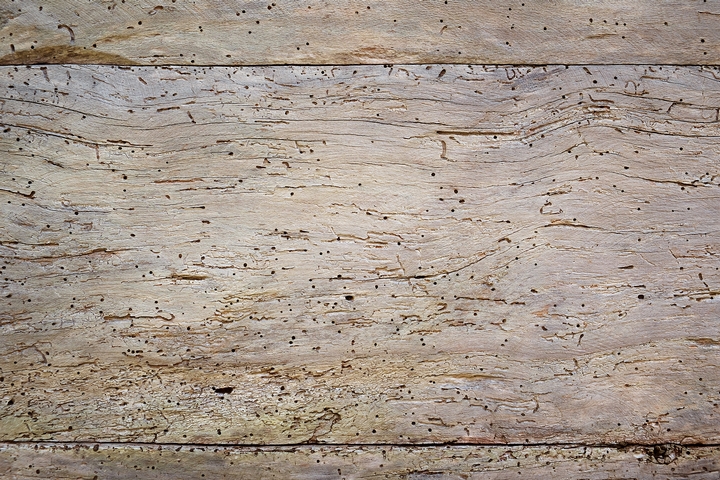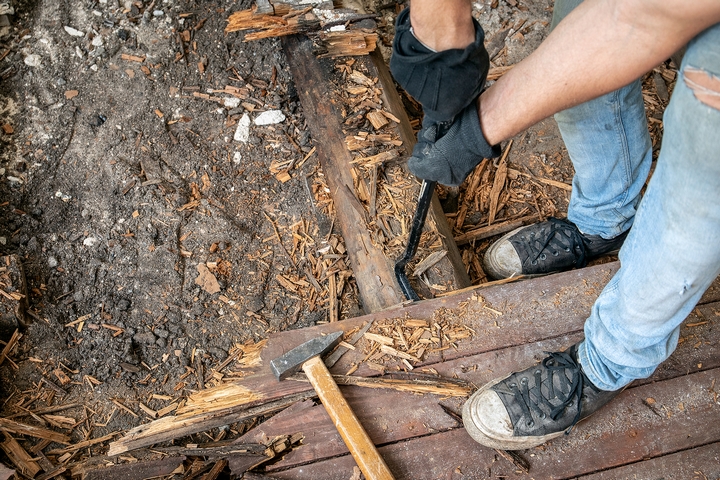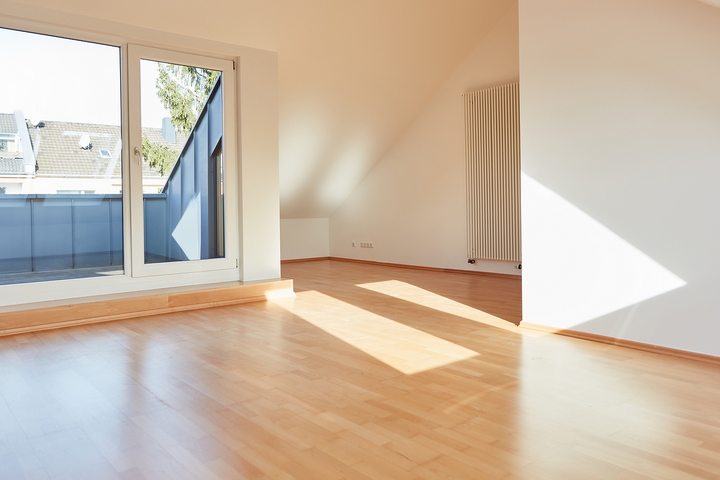How to Check for Signs of Mold Under Hardwood Floors

We all care about our flooring. You would think as long as it is level and smooth we’d be happy to have whatever, but that is not the case. There are lots of option, from carpet to tile and even bare concrete. Among the most popular is hardwood flooring.
Hardwood gives you warmth and beauty that reflects the outdoors. It is the original flooring for homes and no wonder; it’s made of wood and we have a large supply of it. It’s also natural and organic. While this makes choosing hardwood floors easy, you have to take care of it. One of the most important things you need to watch for is mould. If moisture gets trapped and not allowed to dry, it can cause rotting and then turn into dangerous mould. This is not good for your home and worse for your health.
The best way to stop mould from growing in your hardwood floorboards is to be proactive about it. You have spent a lot of money to have beautiful hardwood flooring. Now you need to take care of them so they last. Make sure you can identify signs of mould and what to do to prevent it. That way, you will be confident that the investment you made is free of mould and healthy for your family.
Here is an extensive guide on how to check for signs of mould under hardwood floors:
Check for water damage

Water damage is one of the most common signs of mold under hardwood floors. This stain indicates that water has been on the wood for a long period of time. The water can produce mould spores quickly and you can’t let it develop.
If you spill any liquid on your hardwood floor, wash and wipe it up immediately. You can’t allow it to seep between the boards onto the subfloor where it can sit and rot. As long as you take care of any spills your floor will stay in great shape for years.
Check for the smell of must

It’s hard to describe the odor but you know it when you smell it. That dank, musty door can linger in a house, making the place seem unclean in spite of how much you wash the floors. A musty smell is a sign that you have mould.
All mould needs in order to grow is moisture, warmth and air. Once there it emits gasses called microbial volatile organic compounds (MVOCs) as it breaks down. This is where the smell comes from. When you inhale mould spores or the mycotoxins released in the air you can have allergic reactions. Everything from coughing, throat irritation, skin irritation and other allergy symptoms can happen.
Check for spongy flooring

If you start to notice some give in the flooring when you walk across the room, you may have a mould problem. Water dripping from the sink or after you shower can seep through the floorboards onto the subfloor. Even spills from in the kitchen or a pets water bowl can start the process. This plywood can begin rotting and become spongy when you walk on it.
It’s important to clean up water as soon as it is spilt. Don’t leave damp towels on hardwood or wet shoes.
Check under the floor boards

If you have noticed discoloured areas on your hardwood floors you can remove a piece to see if there is mould. Gently pry up the trim and then pull up a few floorboards and have a look.
Mould is easy to spot but does come in different species. Most commonly it is rough and fuzzy and can be white, yellow, green, blue, or black. It may also appear as a stain on the surface.
Give your hardwood floors fresh air

Moisture can build up if there is no ventilation. When air is circulating through your home, it dries it out. You can simply open the windows and allow nature to take over. A dehumidifier can also lend a hand. The whole idea is to get rid of all moisture so mould doesn’t spread.
Maintain your hardwood floors

The best way to protect a hardwood floor is by not letting water touch it. Use rubber mats for shoe storage at your front entrance and other doors to the outside. Umbrellas and gloves should have a place to dry out too. By using a barrier between your wet items and the wood floors, no moisture can penetrate the floor.
You want to stop mould before it gets a foothold. Regular washing your hardwood floors will stop any growth. You can mop up liquids and keep them clean of any debris and if you do have discolored areas, vinegar and water is the perfect solution for it. This will stop the spread of any mould. Make sure to dry the area and rewash to remove any vinegar remnants.


